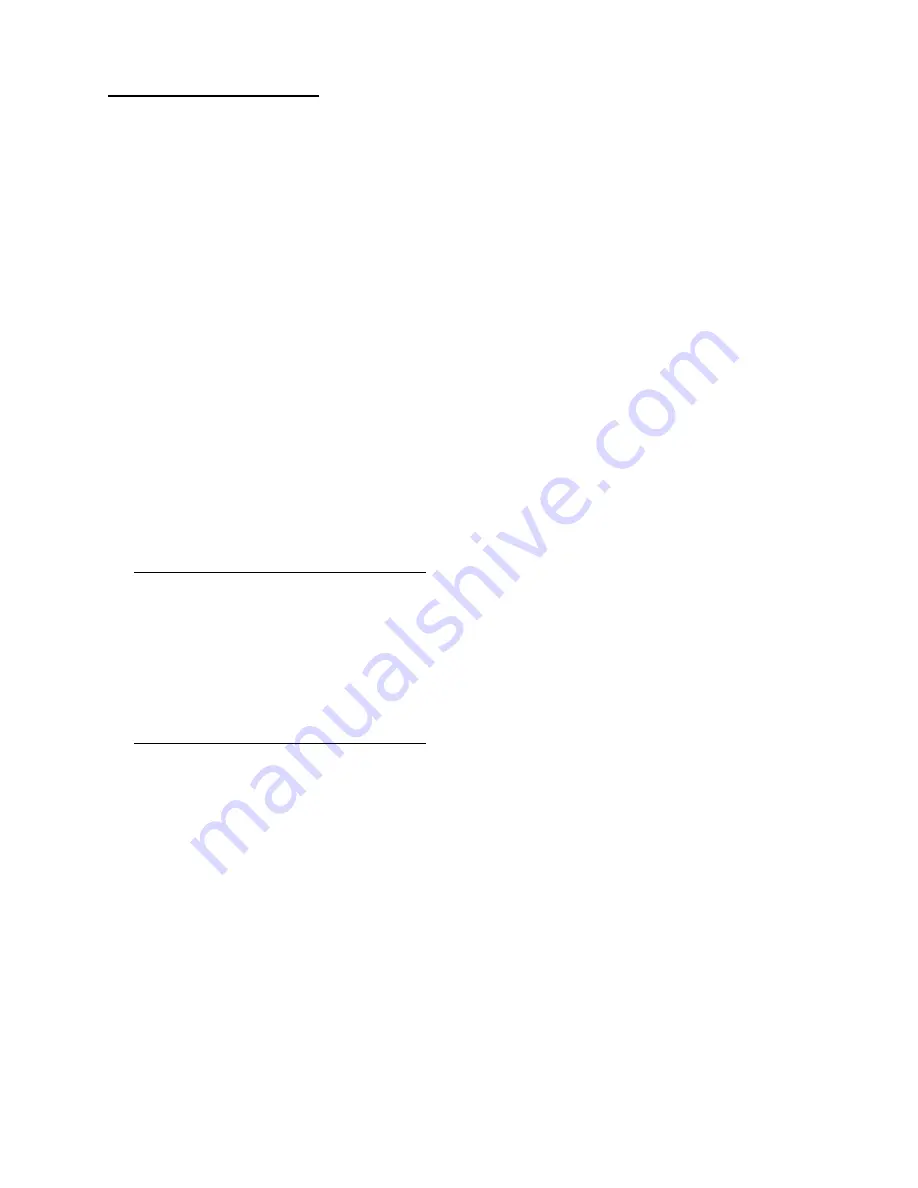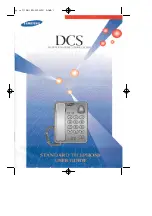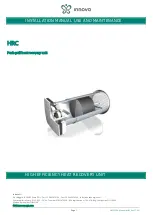
12
Adjusting the Recovery
Systems utilizing the flow control insert (red plastic cylinder in small parts kit) on un-softened (<
10 gr./gal) feed water, can expect a recovery of about 30%, which is fixed. If you are operating
the system under these conditions, skip this section.
Systems connected to softened water supplies can utilize the capillary tubing assembly and
may run up to 40% recovery.
Note:
Problem water applications such as high TDS (TDS > 1000) or high silt (SDI > 3) will
require a lower recovery of 10-20% to prevent membrane fouling. Consult Everpure
Technical Service for assistance.
Systems operating on a soft water supply have the option of utilizing the capillary tube insert.
The restrictor will permit a certain flow given a constant pressure when cut to the proper length.
Because not all municipal water pressures or customer recoveries are the same, the following
steps must be followed for proper restrictor sizing*
*
For high TDS situations (greater than 1000 ppm) it is best to run at 20% recovery.
1. Record the inlet pressure just before the inlet control valve. Measure the product flow with a
1000 ml graduated cylinder. Don't worry if the flow is slightly more or less than what is
specified.
2. Determine the appropriate concentrate flow for your system and the desired recovery.
Product Flow (ml/min) x 100
Desired System Recovery
-
Product Flow = theoretical concentrate flow
3. Refer to Table 2. Locate the concentrate flow, based on operating pressure. Follow that line
to the left for the correct tubing length.
Example: For 520-ml/min product flow rate at 60 psig inlet pressure, determine the capillary
tube length for a recovery of 40%.
520 x 100
40
-
520 = 780 ml/min. of theoretical concentrate flow
Refer to Table 2. A flow of 780 ml/min at 60 psig inlet water pressure results in a length of
about 2.50 inches, from insert end to the end of the capillary tubing. In this example,
measure 2.50 inches from the insert end and cut the tubing.
NOTICE:
If your supply pressure falls somewhere in between you may approximate knowing
each pressure line on the graph is 10 psig apart. (i.e.; 65 psig is midway of 60 and 70 psig).
4. Once the capillary tube has been cut and re-installed you can then run a performance check
to verify production, waste and water quality. Secure the drain tubing
permanently.
Allow
an air gap at the drain, following any applicable local codes.
Summary of Contents for MRS-200
Page 19: ...19 Replacement Parts...







































